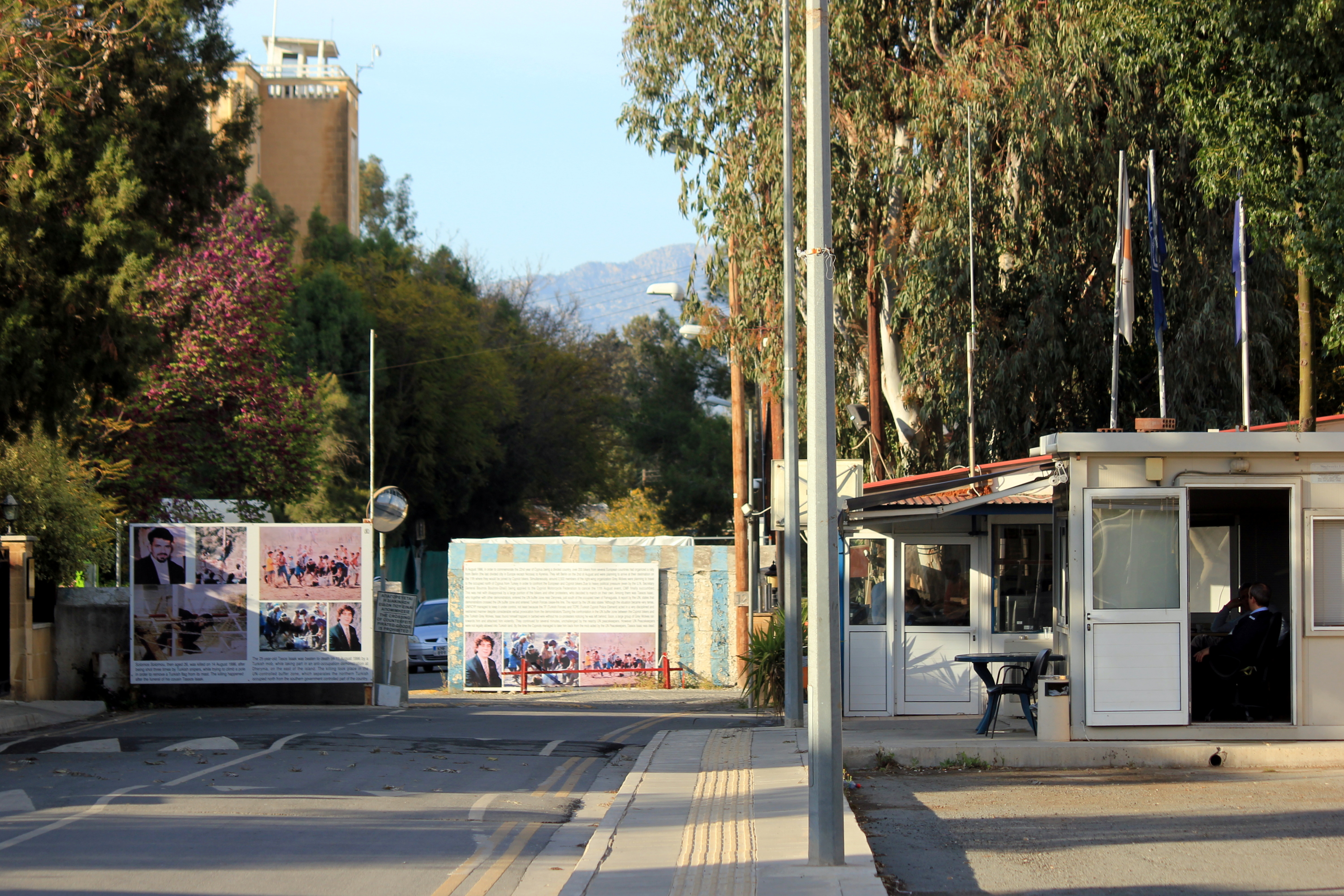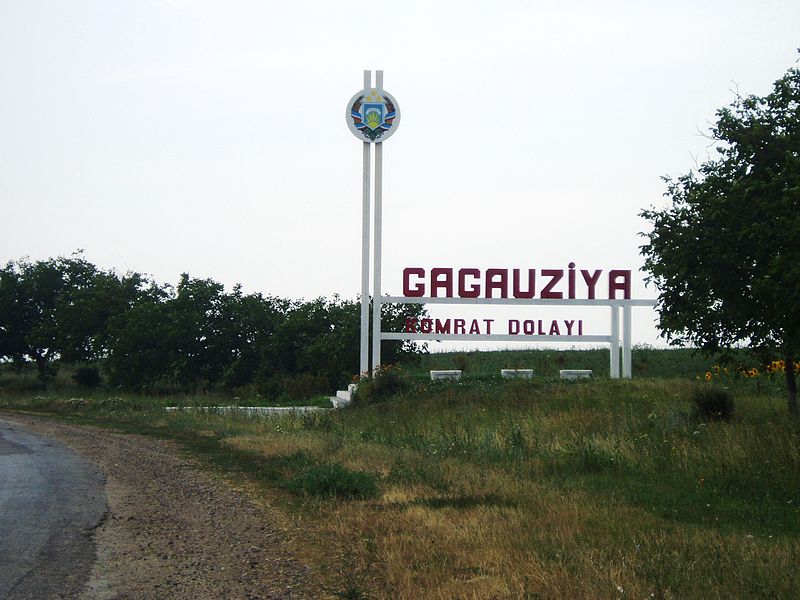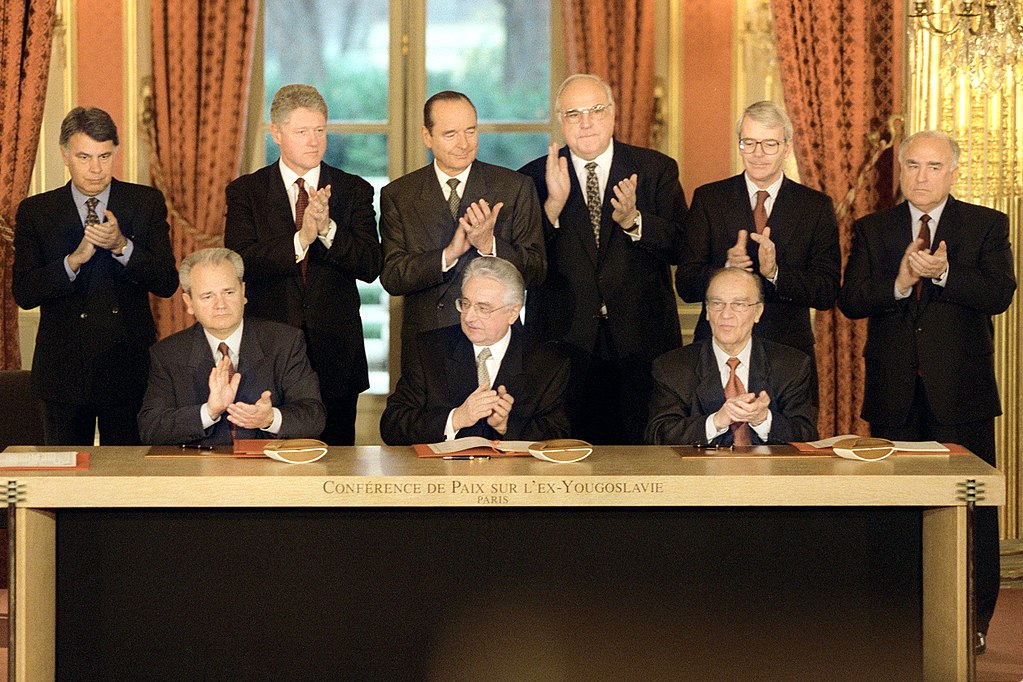Text: Žikica Milošević
The recent success with the negotiation over the name of the southernmost former Yugoslav republic (which will be called North Macedonia), brought back memories of great successes and tragic failures during the last 30 years. Here are a few of them!

1990 – THE UNIFICATION OF GERMANY – SUCCESS
After the decades of having East and West Germany, bitter rivalries, the Berlin Wall, the things melted down rapidly with Gorbachev’s perestroika towards the end of the 1990s. The Wall fell down, and the former GDR just disappeared, assimilating with its Western neighbour. So, the backlash was about this not being a real unification, but rather an annexation of the East, with NATO’s eastward movement being a big problem, and something that Gorbachev completely forgot to mention.
1991 – SOVIET PERESTROIKA – FAILURE
All in all, Gorbachev did many things wrong, and his transformation of the USSR into Union of Sovereign Republics never materialised, since the referendum was not even held in all republics (some boycotted it), the coup in Moscow brought a new superstar, Yeltsin, and the Union of Slavic States was formed in Bieloviezha Forest, to be later transformed into CIS. USSR died surprisingly quickly, with many clashes that are still ongoing, and thousands of dead.
1992-1994 CUTILHEIRO PLAN, VANCE-OWEN PLAN, OWEN-STOLTENBERG PLAN – FAILURES
After the bloody war in Croatia in 1991, a year later, in 1992, the superpowers tried to prevent it from happening in Bosnia and Herzegovina by cantonising it. In 1992 in Lisbon, Alija Izetbegović withdrew his signature from the document, triggering the Bosnian war. Later, the Vance-Owen Plan of 10 national cantons was rejected by the Bosnian Serbs, and in 1994, the Owen-Stoltenberg Plan of three national states forming a loose federation was rejected by Bosniaks. The war lasted 4 ½ years.
1993 – DISSOLUTION OF CZECHOSLOVAKIA – SUCCESS
Czechia and Slovakia first formed a weak federation, then started negotiating about a new deal, which did not succeed, with the both constituent countries losing patience and rushing towards independence, which peacefully came to effect in 1993 after an agreement. No blood shed.

1994 – GAGAUZIA – SUCCESS
The breakaway republic of Gagauzia in Moldova tried to prevent the unification of Moldova and Romania, and just like Transnistria. Moldova refrained from the weapons. The plan established the discontinuous Autonomous Unit of Gagauz Yeri, for the Turkic speaking Orthodox microanation within Moldova.
1995 – Z-4 – FAILURE
The Z-4 plan, concocted in Zagreb, was supposed to ensure the peaceful reintegration of the self-proclaimed Serbian breakaway Republic of Serb Krajina, creating highly autonomous cantons, separate currency and many other features. The plan was rejected under rather inconspicuous circumstances. The military operation “Storm” followed soon after that and the war was over, resulting in many refugees and no autonomy for Serbs at all.

1995 – DAYTON AGREEMENT – SUCCESS
After many casualties and massacres, the great powers summoned the presidents of Serbia, Croatia and Bosnia in Dayton, Ohio, together with the political leaders from the Bosnian warring factions. The result was Belgian-like federation of two entities, 49% for Serbs and 51% for Croats and Bosniaks. Since everybody is complaining about it, it must be good.
2004 – KOFI ANNAN PLAN FOR CYPRUS – FAILURE
The Dayton Agreement was subsequently used as a good model for other two-sided conflicts. One of the most enduring was the one in Cyprus. The UN Secretary General, Kofi Annan approached the negotiations optimistically. He even designed a new flag, like in the case of Bosnia, and suggested a loose federation modelled after Dayton. Unfortunately, the matter of property was crucial, and although the rebelling Turks approved the plan, the Greeks rejected it on the referendum. 14 years later. No progress has been made since.
2003-2006 – DISSOLUTION OF SERBIA AND MONTENEGRO – SUCCESS
This was a bit more complicated than the Czechoslovakian model, but it was pretty close. Also, this is why Miroslav Lajčak, a Slovak diplomat, was appointed to deal with it. In 2003, the FR Yugoslavia was successfully trasnformed into State Union of Serbia and Montenegro, moving from a federation to a confederacy. In 2006, Milo Đukanović pushed independence, and the referendum threshold was set at 55%. „Yes“ won by a very narrow margin. However, not a single person was injured, let alone killed in this separation. From 2008, the two countries have had rather cold relations because of the Kosovo dispute.

2008 – AHTISAARI KOSOVO PLAN – FAILURE
Appointing Martti Ahtisaari, one of the “hawks” from the 1999 negotiations during the Yugoslav War, was not a good sign for compromise. Ahtisaari favoured the Albanian side from the start, rejecting all other proposals other than “supervised independence”. The plan was not approved by Serbia, and Kosovo unilaterally declared independence, which has been causing a lot of tension ever since.
PARTIALLY HAPPY
So, what is the punchline? The good agreement is the one that makes both parts partially satisfied and partially dissatisfied. Just like in the case of North Macedonia. The extremists from both sides are unhappy, and that’s exactly the idea.